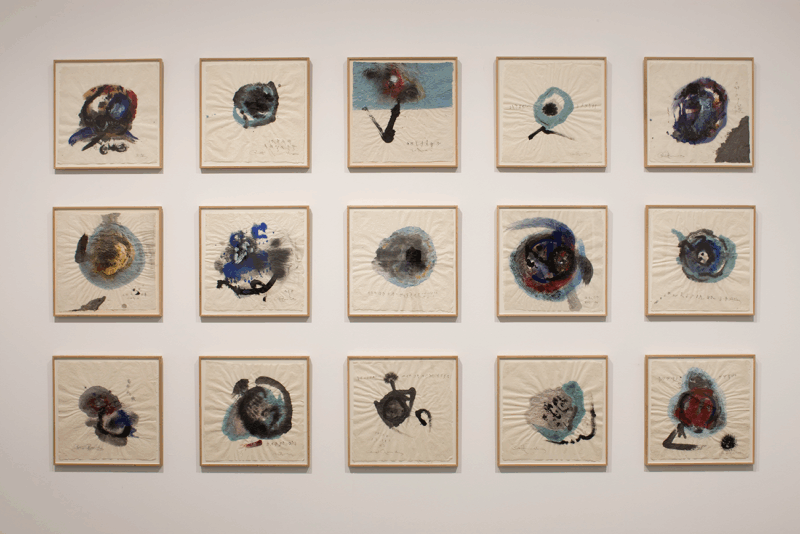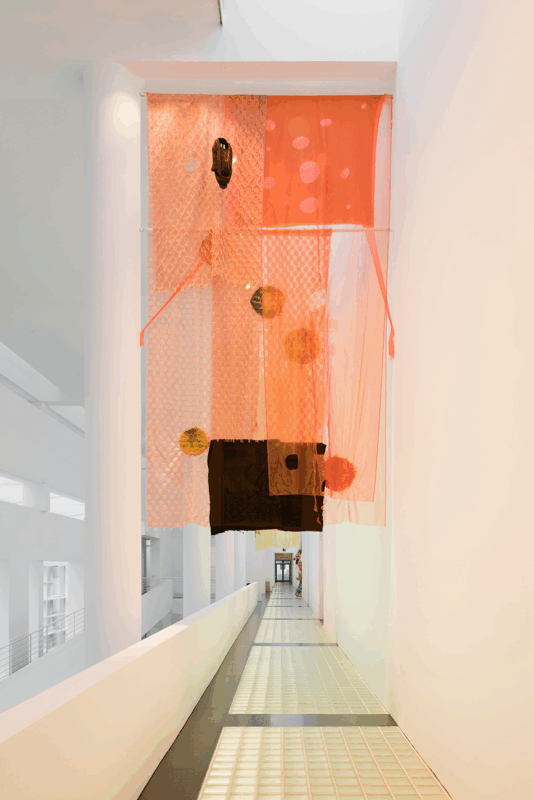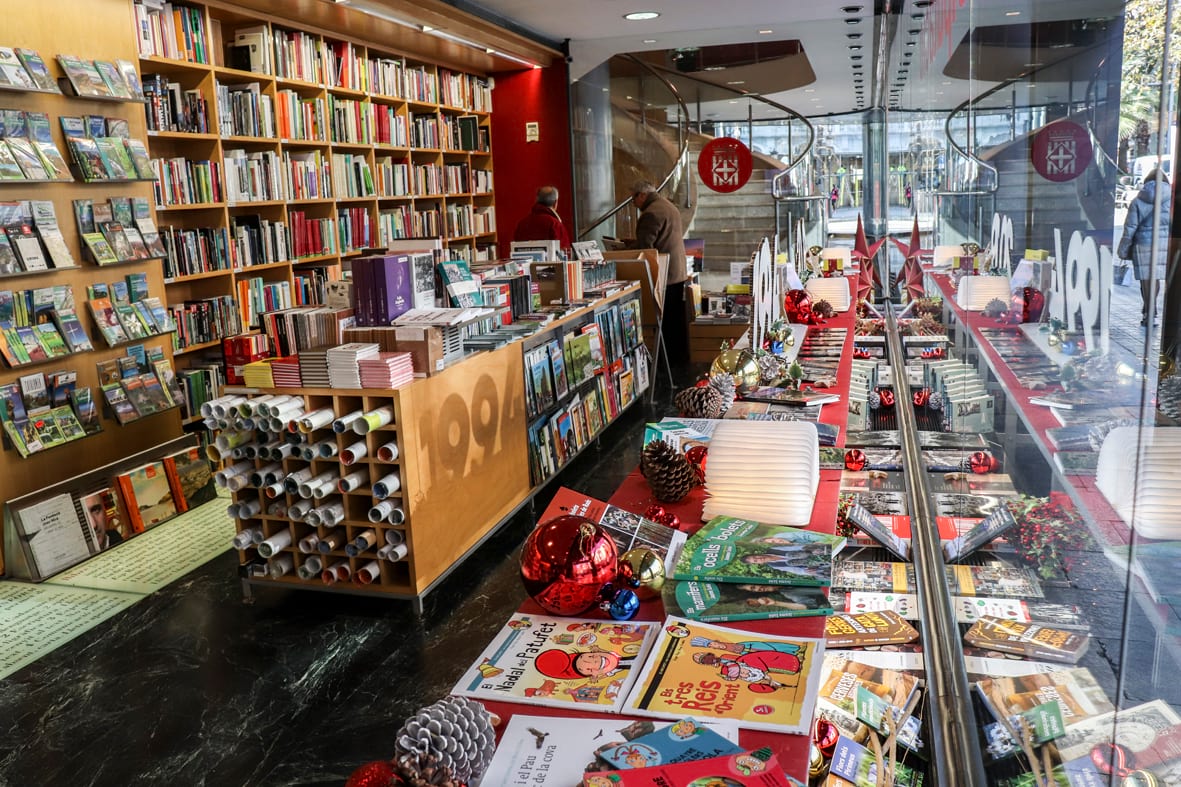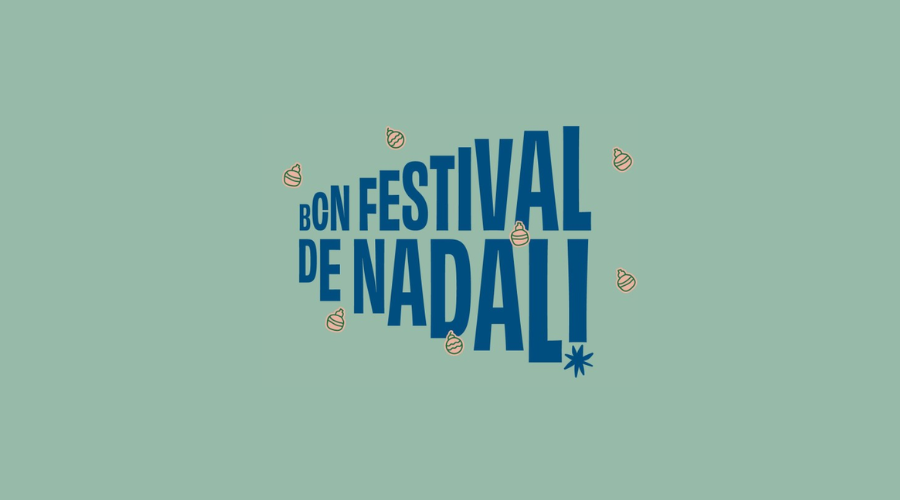Barcelona is experiencing a sweet moment in the world of contemporary art. The Museu d’Art Contemporani de Barcelona (MACBA) has just added 285 works to its collection, consolidating itself as one of the most dynamic cultural epicenters in the country. But this is not just another news item about artistic acquisitions. It is a reflection of where the museum is heading in its way of thinking about art, its decolonial policies, the new ecologies and the forgotten narratives that now find space, body and voice.

Meaningful growth
It is not a matter of accumulating for the sake of accumulating. The works incorporated come from purchases, donations and deposits, mainly from the MACBA Consortium, the Generalitat de Catalunya and the Fundació MACBA. And the criterion has not been to inflate numbers, but to reinforce the curatorial lines that the museum has been working on: the recovery of local artists, the visibility of silenced contexts and the exploration of new formats.
With these acquisitions, MACBA exceeds 6,000 works, added to a documentary collection that impresses: 150,000 archival documents and 14,000 artists’ publications. The number is overwhelming, yes, but the most interesting thing is in the names, stories and concepts behind each piece.
International voices and critical views
One of the most powerful points of this renovation is the entry of works by internationally renowned artists. Claudia Andujar, photographer and social activist, enters with a series of 20 pieces under the title Sonhos Yanomami, the result of decades of work with this indigenous community of the Brazilian Amazon. The series, deeply immersive, gives voice to a threatened people and makes it clear that art can also be a trench.
Also noteworthy are the video installation The Circle by Bouchra Khalili, which MACBA presented in 2023, and Rivâl by Thomias Radin, winner of the Loop Fair 2024 Acquisition Award. These are works that not only dialogue with the present, but also question it from a critical, political and sensitively contemporary perspective.
The 30th anniversary as a catalyst
Many of the works are incorporated with an eye to the exhibitions that will celebrate the 30th anniversary of the museum. This is the case of the works by Lara Fluxà, Mònica Planes or Gregori Civera, which will offer visitors a renewed reading of the permanent collection.
The surprising poetics of Coco Fusco arrives at MACBA
In addition, the documentary photography of the construction of MACBA -carried out between 1993 and 1995 by Civera and Josep M. Molinos- takes on special relevance. It is an exercise in visual memory that connects the museum’s architectural past with its conceptual present.
Catalan artists and memories of exile
An important part of the new acquisitions corresponds to Catalan artists whose careers are not very visible. The donation of 43 works by Benet Rossell, for example, reinforces the presence of the so-called “Catalans of Paris”, creators who escaped Franco’s regime to experiment in freedom. In turn, the sculptures by Ramon Guillen-Balmes, focused on the organic and the corporeal, open a dialogue with the notions of prosthesis, memory and desire.
Other key names like Martí Anson, Susy Gómez and Tere Recarens, whose works bring a look from the intimate, the performative and the narrative. And there she is, like an archival jewel, Mari Chordà with her piece Disoldre’s 2 (1967/2024), one of the great pioneers of feminist art in Spain.
Comics, illustration and new languages
MACBA also takes a firm step towards other formats with the incorporation of comic and graphic art works, such as Nazario ‘s La guerra del Golfo (The Gulf War) or Martin Vitaliti‘s piece #127. This indicates a clear will of the museum to open its doors to languages that, for a long time, were marginalized from the institutional circuit.
And if we talk about new forms, we cannot overlook pieces such as Gravidade by Carlos Motta or Oruguismo by Rosario Zorraquín, which dialogue with the corporal, the political and the postcolonial, from an absolutely current perspective.
An archive that also grows
The expansion is not limited to the exhibition halls. The MACBA’s Center for Studies and Documentation (CED) is also reinforced with the archive of the Cadaqués Gallery, the photographic collection of Francesc Torres and publications from independent publishers such as Bored Wolves, Overlapse or Terminal Ediciones.
This often invisible documentary work underpins much of the museum’s discourse and ensures that future generations can study, research and reinterpret artistic production from multiple angles.
A museum that never sleeps
What this set of acquisitions reveals is not only an expansion of the catalog, but a taking of a position. MACBA is not comfortable with passive contemplation. It is building a complex narrative, uncomfortable at times, but profoundly necessary. From the indigenous peoples of the Amazon to underground comics, from Catalan feminism to new forms of performativity, the museum gives voice to the margins and reconfigures its center.
This 30th anniversary is not a nostalgic celebration, but a statement of intent. An invitation to look at art from other coordinates, to listen to new voices and to understand that contemporary art is not only aesthetics: it is also politics, body, memory, dissidence and territory.





